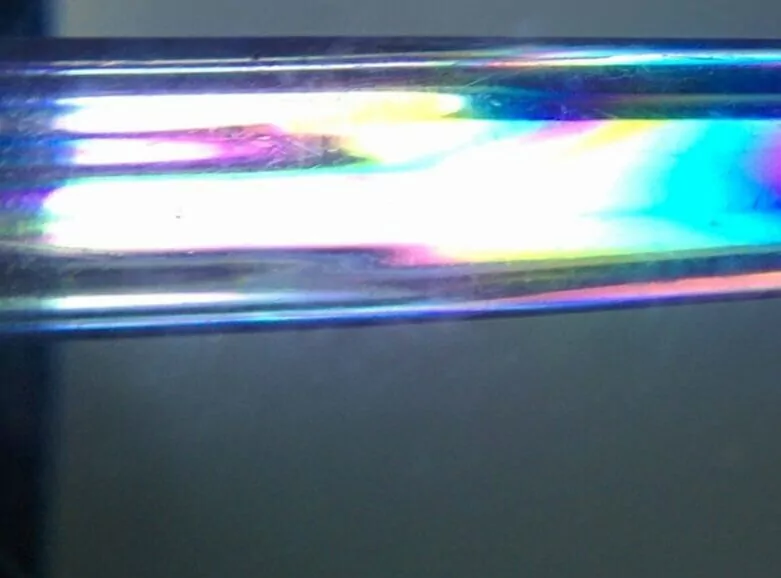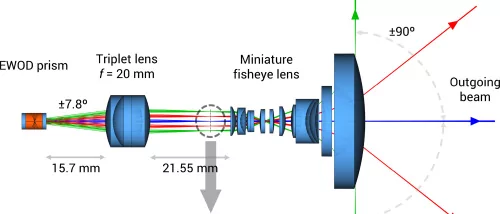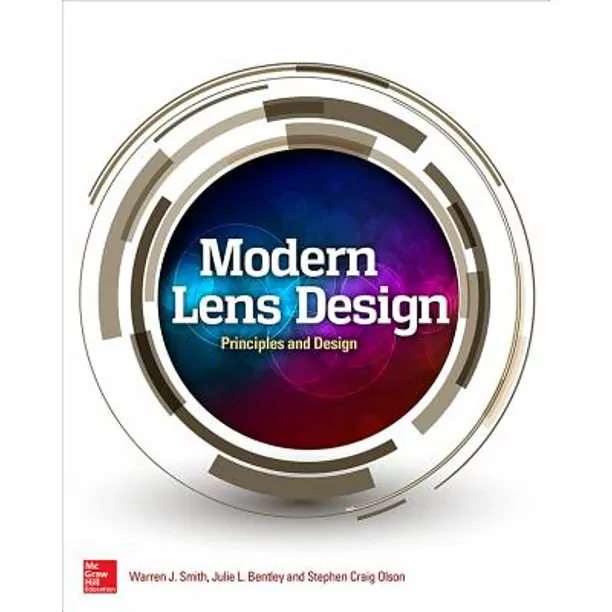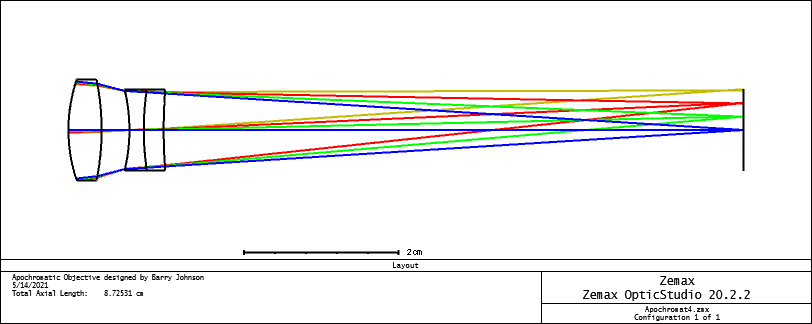Calcium Fluoride Glass: An Overview

The choice of glass is a fundamental part in the optical design process. This is especially true for IR and thermal optics materials. In this article, we will review Calcium Fluoride (CaF2), an interesting glass that has a wide range of applications. Before we start, let’s look at the transmission window for CaF2 (Figure 1). […]
What is Birefringence?

In a previous post, we explained the concept of a material refractive index in optics in the context of optical design. Something that we didn’t review however is that many materials have two, three (and even more) different refractive indices depending on the direction and polarization of light. This is a very interesting (and often […]
Exploring LIDAR Lens Design: Innovations and Applications in Optical Engineering

Introduction LIDAR, short for Light Detection and Ranging. In recent years, LIDAR has emerged as a transformative force across a multitude of industries, revolutionizing everything from autonomous vehicles to archaeology. But what exactly is LIDAR, how does it work, and why is it so significant? In this article, we will delve into the intricate world […]
Understanding objective lenses

Introduction In previous entries, we have talked about the design of scanning microscopes, infinity corrected microscopes, confocal microscope design, and Koehler illumination systems-a common illumination system in microscopes. The most essential microscope element in a borescope design is the objective lens. Microscope objective lenses are a crucial part of a microscope, responsible for magnifying the […]
Top 12 Resources for Mastering Lens Design: A Comprehensive Guide

Introduction Lens design is undeniably a complex and challenging field of study, characterized by its intricate blend of physics, mathematics, and engineering principles. Becoming a truly proficient lens designer isn’t merely a matter of acquiring theoretical knowledge; it necessitates years of hands-on practical experience and a keen understanding of how to apply theoretical concepts to […]
Advanced Apochromatic Lens Design for Exceptional Imaging Quality

In an achromatic lens design, we optimize such that two wavelengths, usually red (590nm) and blue (495nm), focus on the same image plane. This is done to reduce chromatic aberration. In this article, we’ll talk about a similar design type called an Apochromatic lens design. What is an apochromatic lens? The goal of the apochromatic […]